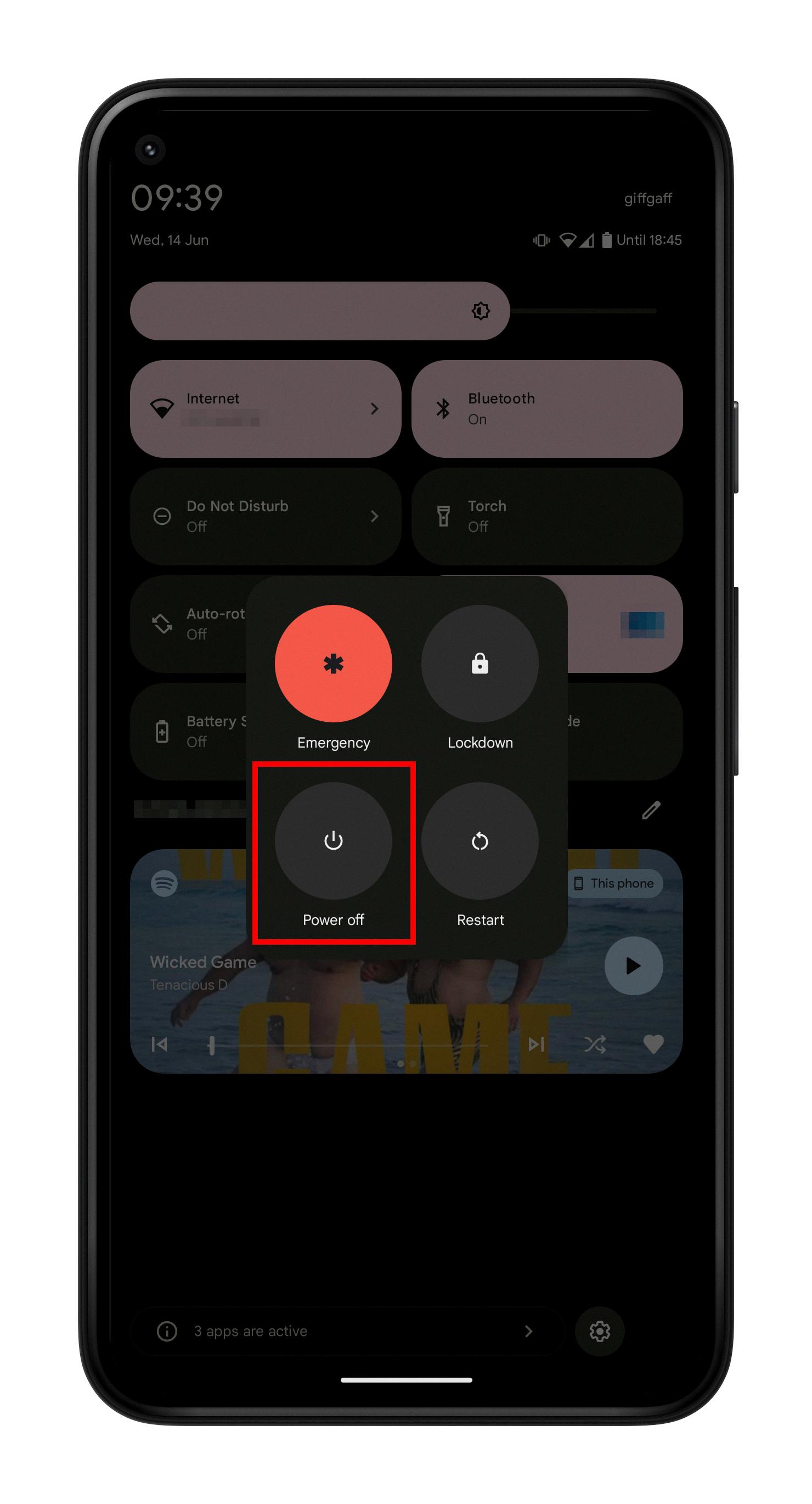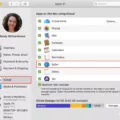Safe Mode is a useful feature available on the Android Operating System that can help users troubleshoot and resolve problems related to device configuration or app compatibility. By enabling Safe Mode, you can start your device with only the essential system applications, allowing you to identify and address any issues that may be caused by third-party apps.
To enter Safe Mode, you need to restart your Android device. Simply press and hold the power key until you see the device logo, then release it. Next, quickly press and hold the Volume down key until your device enters recovery mode. On some devices, this step might automatically disable Safe Mode.
Once your device is in Safe Mode, only the core system applications and services will load, while any apps downloaded from Google Play or other sources will be temporarily disabled. This can be helpful in determining whether the problem you are experiencing is being caused by a specific app.
In Safe Mode, you can test your device’s functionality and performance without the interference of third-party apps. If the issue you were facing is resolved in Safe Mode, it indicates that one or more of your installed apps may be causing the problem. To exit Safe Mode, simply restart your device.
To further troubleshoot, you can uninstall the app or apps you suspect may be causing the issue. While in Safe Mode, you can access your device’s settings and uninstall applications just like you would in normal mode. By uninstalling the problematic app, you can potentially resolve the issue and return your device to normal functionality.
It’s important to note that Safe Mode is a diagnostic tool and should not be used as a regular operating mode for your device. It is designed to help you identify and troubleshoot problems, but it may limit the functionality and features of your device.
Safe Mode is a helpful feature on Android devices that allows users to identify and resolve problems related to app compatibility or device configuration. By entering Safe Mode, you can disable third-party apps and test the functionality of your device. If the problem is resolved in Safe Mode, it indicates that an app may be causing the issue, and you can uninstall the app to resolve the problem.
What is Safe Mode System UI?
Safe Mode System UI is a feature on the Android operating system that allows users to troubleshoot and resolve issues related to the device’s user interface. When a device is in Safe Mode, it only loads the essential system applications while disabling any third-party apps that may be causing conflicts or performance issues.
In Safe Mode, the device runs with default system settings, which helps identify and isolate problems that might be caused by incompatible apps, malware, or incorrect settings. This mode can be particularly useful if you are experiencing issues such as frequent crashes, freezing, or unresponsiveness on your Android device.
Here are the key characteristics and benefits of Safe Mode System UI:
1. Limited functionality: Safe Mode restricts the device’s functionality to only core system applications. This allows you to determine whether a specific app or setting is causing the problem.
2. Troubleshooting: By temporarily disabling third-party apps, Safe Mode helps you diagnose and troubleshoot software-related issues. It allows you to pinpoint the source of the problem and take appropriate action, such as uninstalling or updating problematic apps.
3. Stability testing: Running the device in Safe Mode helps determine if the issues you are facing are related to the Android system or specific third-party apps. If the device functions smoothly in Safe Mode, it suggests that the problem lies with an app you have installed.
4. Easy exit: Exiting Safe Mode is simple and can be done by restarting the device. Once the device restarts, it will return to normal mode, loading all apps and settings as usual.
How to Enter Safe Mode on Most Android Devices?
1. Press and hold the Power button on your device.
2. When the Power menu appears, tap and hold the “Power off” option.
3. A prompt will appear, asking if you want to reboot into Safe Mode. Tap “OK” or “Restart in Safe Mode” to proceed.
4. The device will restart in Safe Mode, and you will see a “Safe Mode” label in the bottom-left corner of the screen.
It’s worth noting that the process to enter Safe Mode may vary slightly depending on the device model and Android version you are using. It’s recommended to refer to the device’s user manual or search for specific instructions online if you encounter any difficulties.
Safe Mode System UI is a helpful tool to identify and resolve issues with the user interface of an Android device. It allows you to troubleshoot problems, uninstall problematic apps, and ensure a stable and functioning Android experience.

How Do You Get Out of Safe Mode System UI?
To exit safe mode and get out of the system UI, follow these steps:
1. Restart your device: Press and hold the power button until the power menu appears. Then, tap on the “Restart” option. This will reboot your device and hopefully exit safe mode.
2. Uninstall suspected applications: Identify the application or applications that may be causing the issue and uninstall them. You can do this by going to the “Settings” menu, selecting “Apps” or “Applications,” and then finding the app you want to remove. Tap on the app and select the “Uninstall” option.
3. Uninstall applications from safe mode: If you are unable to uninstall the problematic apps in normal mode, you can try doing it in safe mode. Restart your device and hold down the power button until you see the manufacturer’s logo. Then, release the power button and immediately press and hold the volume down button until your device finishes restarting. In safe mode, go to the “Settings” menu, select “Apps” or “Applications,” and uninstall the suspected apps.
4. Restart your device again: After uninstalling the problematic apps, restart your device once more to exit safe mode. This time, simply press and hold the power button, and then tap on the “Restart” option.
5. Monitor device behavior: Once you have exited safe mode, observe if the issue persists. If not, it is likely that the uninstalled app was causing the problem. If the issue continues, you may need to further investigate and troubleshoot other potential causes.
By following these steps, you should be able to exit safe mode and resolve any system UI issues you may be experiencing.
How to Turn Safe Mode Off?
To turn off safe mode on your Android device, you can follow these steps:
1. Begin by powering off your Android device. You can do this by pressing and holding the power key until the device turns off completely.
2. Once your device is turned off, press and hold the power key again until you see the logo appear on the screen.
3. As soon as the logo appears, release the power key and quickly press and hold the volume down key.
4. Continue to hold the volume down key until your device enters recovery mode. In some cases, entering recovery mode will automatically disable safe mode.
5. Once you are in recovery mode, you will see a safe mode panel with various options.
6. Navigate to the option that allows you to restart your device. This option may be labeled as “Restart,” “Reboot,” or something similar.
7. Select the restart option and wait for your device to restart.
8. After your device has restarted, it should no longer be in safe mode.
What Does Safe Mode Do on Android?
Safe mode on Android is a troubleshooting feature that allows users to identify and resolve device issues. When you enable safe mode, your phone will only load the essential applications and services provided by the operating system. This means that any third-party apps you have downloaded from sources like Google Play will not be accessible or functional while in safe mode.
The primary purpose of safe mode is to isolate and determine whether a problem on your Android device is caused by a third-party app or by the core system itself. By disabling all non-essential apps, safe mode helps users pinpoint the source of issues such as crashes, freezes, or unexpected behavior.
When you activate safe mode on your Android device, you can diagnose and troubleshoot a wide range of problems. Here are some key benefits and functions of safe mode:
1. Identifying app-related issues: Safe mode helps you determine if a specific third-party app is causing problems on your device. By temporarily disabling all non-system apps, you can check if the issue persists. If the problem disappears in safe mode, it suggests that one or more of your installed apps is the culprit.
2. Removing problematic apps: Once you’ve identified the problematic app(s) causing issues, you can uninstall or update them to resolve the problem. Safe mode provides a controlled environment to manage your apps effectively.
3. Troubleshooting system glitches: Safe mode also helps in isolating system-related issues. If your device is experiencing constant crashes or freezes even in safe mode, it indicates that the problem lies within the core system. In such cases, you can try clearing cache, resetting app preferences, or performing a factory reset to resolve the issue.
4. Testing device performance: Safe mode allows you to assess the overall performance of your Android device. By disabling unnecessary apps and services, you can check if your device runs smoother and faster. This can help identify resource-intensive apps that may be slowing down your device.
To activate safe mode on an Android device, you typically need to press and hold the power button until the power menu appears. Then, press and hold the “Restart” or “Power off” option until a prompt appears asking if you want to reboot in safe mode. Finally, tap “OK” to activate safe mode.
It’s important to note that while in safe mode, you won’t be able to use any third-party apps. However, core system functions like making calls, sending messages, and accessing the internet should still be available. Once you’ve diagnosed and resolved the issue, you can restart your device to exit safe mode and resume normal operation.
Safe mode on Android is a valuable tool for troubleshooting and resolving various device issues. It helps users identify problematic apps and system glitches, ensuring a smoother and more reliable user experience.
Conclusion
The Safe Mode feature on the Android Operating System is a useful tool for troubleshooting and solving problems with configuration or app incompatibilities. By restarting the device in Safe Mode, only the core applications of the system are loaded, which can help identify and resolve issues caused by third-party apps.
To exit Safe Mode, simply restart the device. Uninstalling the application or applications suspected of causing the problem can also be done from within Safe Mode. It is important to note that apps downloaded from Google Play or other sources will not work while using the phone in Safe Mode.
Safe Mode can be accessed by using the power and volume keys on your Android device. By turning off the device and then holding the power key until the logo appears, followed by quickly pressing and holding the volume down key until you enter recovery mode, you can access the Safe Mode panel. On some devices, this process automatically disables Safe Mode.
The Safe Mode system UI is a valuable feature that helps users locate and resolve device problems. By limiting the loading of third-party apps and services, it provides a clean and stable environment for troubleshooting and resolving issues on your Android device.













